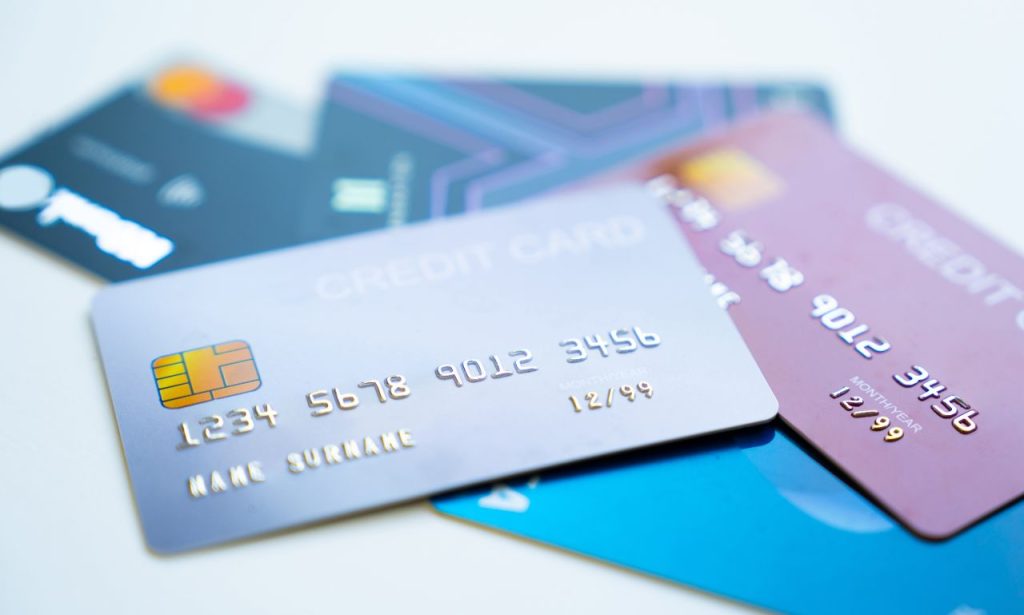Credit card debt may negatively impact your financial and emotional well-being, which can feel like a burden. You’re not alone if you’re struggling with your credit card debt. The good news? You can overcome this burden more quickly than you might imagine with the help of tried-and-true techniques. Using the strategies I’ll share today, I’ve helped innumerable people drowning in credit card debt. These strategies can assist you in establishing a clear route to financial independence, regardless of the amount of debt you manage—from $1,000 to $50,000.
The Avalanche Method
The debt avalanche method is, mathematically, the fastest way to eliminate credit card debt while paying the least interest.
Here’s how it works:
- Make minimum payments on all your credit cards
- Put any extra money toward the card with the highest interest rate
- Once that card is paid off, move to the next highest-interest card
- Continue until all cards are paid in full
The beauty of this approach is that it targets the most expensive debt first. By eliminating high-interest balances, you reduce the total amount paid over time.
I used this method a few years back when I found myself with about $12,000 spread across three credit cards after launching my business. Focusing intensely on my card with a 24.99% APR first saved nearly $1,500 in interest compared to other approaches.
The Snowball Method

While the avalanche method makes the most financial sense, the snowball method often works better for those who need psychological wins to stay motivated.
The debt snowball works like this:
- Make minimum payments on all your credit cards
- Put any extra money toward the card with the smallest balance
- After paying off that card, move to the next smallest balance
- Continue until all cards are paid off
This method gives you quick victories that can fuel your motivation. Paying off even a tiny card creates a sense of accomplishment that helps you stick with your debt repayment plan.
Balance Transfer Credit Cards
Balance transfer credit cards offer introductory 0% APR periods, typically 12-21 months. This interest-free window gives you time to make significant progress on your principal balance.
When using a balance transfer card:
- Look for cards with no annual fee and the longest 0% intro period
- Be aware of balance transfer fees (typically 3-5% of the transferred amount)
- Create a payment plan to eliminate the debt before the promotional period ends
- Avoid making new purchases on the card
A critical warning: balance transfers only work if you’re committed to not adding new debt. Otherwise, you risk ending up in an even deeper hole when the promotional period expires.
Credit Card Consolidation Loans
Consolidation loans allow you to combine multiple credit card balances into a single loan, often at a lower interest rate than your card’s charge.
Benefits include:
- A single monthly payment instead of juggling multiple due dates
- Potentially lower interest rates than credit cards
- Fixed repayment timeline so you know exactly when you’ll be debt-free
- Possible improvement to your credit utilization ratio
Look for loans from credit unions or online lenders specializing in debt consolidation. Compare rates carefully and watch out for origination fees that could offset your interest savings.
Borrow Money From Family
Borrowing from family to pay off high-interest credit card debt can make financial sense, but it comes with emotional considerations.
If you pursue this option:
- Put the agreement in writing with clear repayment terms
- Treat it as seriously as any other financial obligation
- Consider offering interest (even if lower than credit card rates)
- Maintain transparent communication about your progress
Remember that mixing money and relationships can create tension. Only pursue this option if you can repay the loan as agreed.
Cut Back on Discretionary Spending
One of the fastest ways to accelerate debt payoff is to find extra money in your existing budget.
Look critically at:
- Subscription services (streaming, apps, memberships)
- Dining out and food delivery
- Entertainment expenses
- Shopping habits and impulse purchases
I once audited my spending and discovered I was wasting nearly $300 monthly on subscriptions I barely used and takeout coffee that could easily be made at home. Redirecting that money toward my debt greatly impacted my payoff timeline.
Start by tracking every expense for at least two weeks. You’ll likely identify patterns and unnecessary spending that can be redirected toward debt payments.
What’s the fastest way to pay off credit card debt?
The absolute fastest approach combines multiple strategies:
- Create a bare-bones budget – Temporarily cut all non-essential spending
- Generate extra income – Take on additional work, sell unused items, or monetize a skill
- Use the avalanche method – Target high-interest debt first
- Consider balance transfers or consolidation – For higher balances where interest is a significant factor
- Make payments more frequently – Even bi-weekly payments can reduce interest accrual
The key is attacking your debt from multiple angles simultaneously. Each dollar you put toward debt reduces both your balance and future interest.
How to pay off $5000 in 6 months?
To eliminate $5,000 in credit card debt within six months, you must pay approximately $833 monthly plus whatever interest accrues.
Here’s a practical plan:
- Find $200 in budget cuts – Review subscriptions, dining out, entertainment
- Generate $200 in extra income – Side gigs, overtime, selling unused items
- Reallocate $433 from existing budget – Temporarily reduce savings or other financial goals
- Consider a 0% balance transfer – This eliminates interest during your six-month timeline
If this monthly amount seems impossible, extend your timeline, find larger ways to increase income, or temporarily reduce expenses.
Working with Credit Counselors: Professional Guidance
If your debt feels overwhelming or you’re struggling to make minimum payments, credit counseling agencies can help. These organizations:
- Offer free initial consultations
- Can create debt management plans
- May negotiate lower interest rates with creditors
- Provide educational resources and budgeting assistance
Look for nonprofit agencies affiliated with the National Foundation for Credit Counseling or the Financial Counseling Association of America.
Protecting Your Credit While Paying Down Debt

As you work on eliminating credit card debt, take steps to protect your credit score:
- Never miss minimum payments
- Keep cards open after paying them off (unless they have annual fees)
- Monitor your credit report regularly for errors
- Be cautious about closing your oldest accounts
Your credit score may improve as you pay down balances due to lower credit utilization, which accounts for about 30% of your score.
Conclusion
Paying off credit card debt quickly requires commitment, strategy, and sometimes sacrifice, but the financial freedom waiting on the other side makes it worthwhile.
Start by choosing the method that best fits your personality and financial situation. The avalanche method saves the most money, while the snowball method provides motivational wins. Consolidation loans and balance transfers can streamline the procedure and lower interest rates.
The most crucial step. Start your plan now, put these tactics into practice, and start your debt-free path. Remember that every payment, no matter how small, brings you one step closer to financial independence.
ALSO READ:
FAQs
Generally, no. Keeping cards open (especially older accounts) helps your credit score by maintaining your credit history length and available credit. If a card has an annual fee and provides no valuable benefits, consider closing it, but be aware that it may cause a temporary dip in your score.
Debt settlement should be considered a last resort before bankruptcy. While it can reduce your debt, it significantly damages your credit score and may have tax consequences. Settled debts are typically reported as “settled for less than the full amount” on your credit report.
You can call your credit card companies and ask about hardship programs, lower interest rates, or even lump-sum settlements. Many creditors would rather work with you than risk getting nothing if you default or file for bankruptcy.
Paying off credit card debt typically improves your credit score over time by reducing your credit utilization ratio. However, you might see small temporary dips after closing accounts or applying for new credit products like balance transfer cards.
With credit card interest rates typically ranging from 15-25%, paying off credit card debt usually provides a better return than saving, where interest rates are much lower. Consider maintaining a small emergency fund and then focusing intensely on eliminating high-interest debt.



